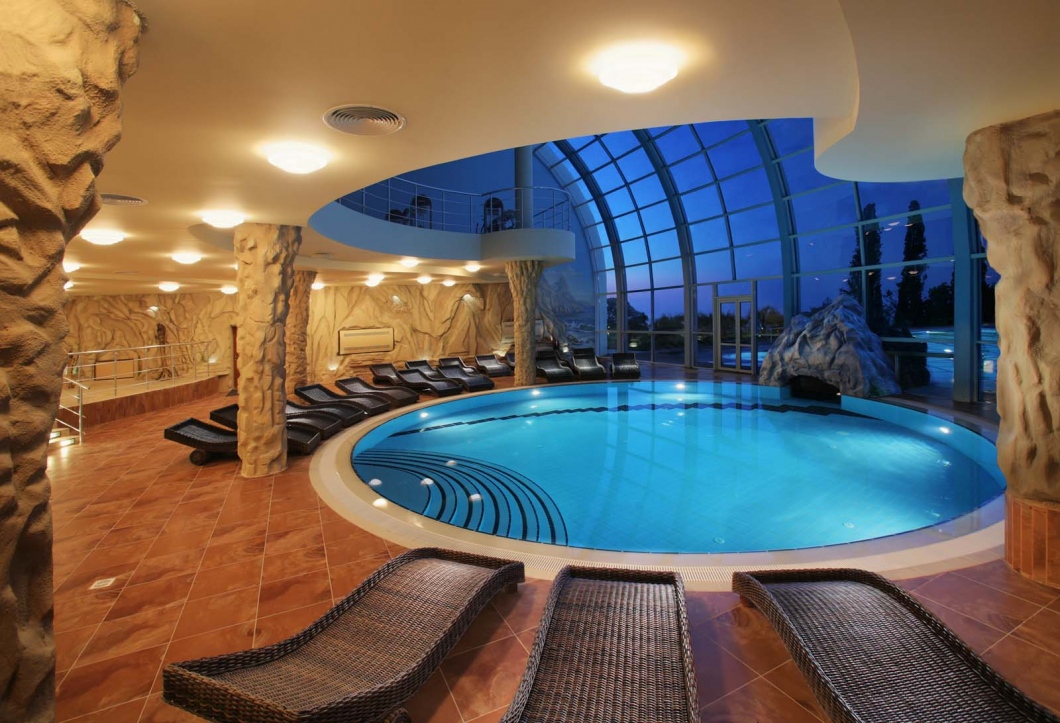Many people love the idea of an indoor pool, as it means that they can go for a swim during the winter or when it’s raining. As chlorine is commonly used in concrete pools as a disinfecting agent, however, many people wonder whether it’s safe to use in an enclosed space. The problem with swimming indoors is that you can be exposed to higher levels of chlorine in the air, which can increase your risk for developing lung-related problems.
What’s so bad about chlorine?
▪ Concentration – In outdoor pools, the chlorine dissipates quickly. In indoor pools, however, it’s kept more contained. It’s the concentration of the chemical that becomes a problem. If the water isn’t regulated well, you might start to see signs of tracheobronchitis (such as couching).
▪ Chloramines – A bigger issue, however, is chloramine. This is a mixture of chlorine and ammonia that can cause a strong chlorine smell. It’s mainly found hovering a few inches above the water’s surface, where you draw breath, and can worsen existing allergies.
What are the potential problems?
▪ Airway Hyper-Responsiveness – This occurs when the bronchial tubes in the lungs spasm abnormally. It can lead to coughing and tightness in the chest. Those who swim competitively are known to confuse these symptoms with the effects of strenuous training.
▪ Asthma (in Children) – Controversial research has suggested that taking infants and toddlers (whose lungs are still developing) to these pools has been linked to higher incidences of allergies and/or asthma. There aren’t any conclusive findings, however, and more study is required.
How can I find relief from chlorine?
▪ Leave the Area – If you start to experience symptoms of chlorine over exposure, simply getting out of the indoor pool and leaving the area will offer relief in most cases. Get outside into the fresh air if possible, as this will help to dissipate the chlorine faster.
▪ Find Another Pool – If you regularly experience symptoms, you might want to consider finding another place to swim. If the pool is at your own home, you might want to consider changing the chlorine you’re using or even having someone come out to inspect it.
▪ Ventilation – It’s important to ensure that the area is well ventilated, as this will help to prevent over exposure. If the space has windows or doors, open them up (even just a crack). In a best case scenario, the space will have a proper ventilation system.
▪ Showering – It is also recommended that you shower thoroughly after swimming to ensure that all of the chlorine has been removed from your body. If the chemical is left on your skin, you can continue to inhale it even after you’ve left the area.
At the end of the day, it’s important to note that competitive swimmers are at a greater risk of over exposure than recreational ones. This is because they spend a lot more time in indoor pools than the average person. Even so, it’s important that you watch for signs of discomfort – if you notice yourself coughing, wheezing or you feel your throat start to burn, it’s time to take a break. After a few hours, you can jump back in the pool.

